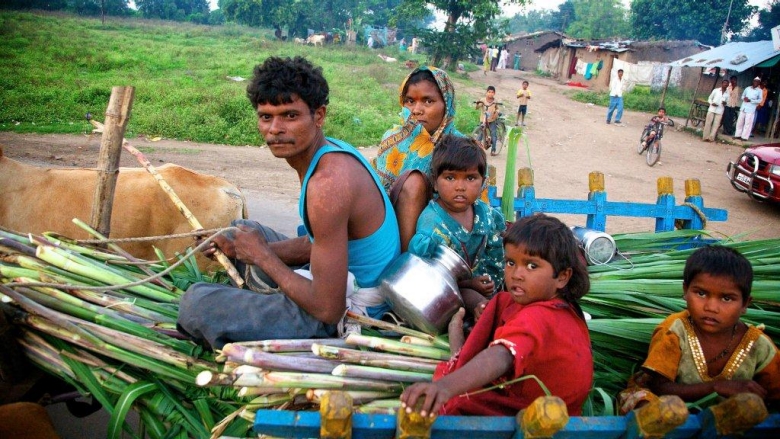Jan 20, 2015: Octavio Paz, Nobel-laureate and Mexico’s ambassador to India, saw India as a land of extremes. “Incredible opulence” coexisted side by side with “equally unbelievable poverty”, he wrote fifty years ago. Is that still the case today, asks the World Bank’s recently released report, ‘Addressing Inequality in South Asia’.
The report finds that while South Asia has moderate levels of inequality based on standard monetary indicators, these levels are generally rising. And, inequalities in human development outcomes, such as health and education, remain high.
The bright spot for India is that growth has reduced poverty, and upward mobility has increased considerably. Where you were born, what your parents did for a living, and what their levels of education were - the most common determinants of a person’s earning potential - are no longer the sole arbiters of a person’s prospects in life, the report finds.
Young Indians are far more upwardly mobile than earlier generations
Young people in India today enjoy far more job mobility than their fathers. Increasingly, boys from the younger generations are shifting out of their father’s occupations to move up in life. In fact, people whose fathers were unskilled workers or farmers have seen the most upward mobility.
The report finds that upward mobility has also been substantial among Scheduled Castes and Scheduled Tribes. In the past, their members were more likely to hold the same occupations as their fathers, relative to the rest of the population. But among the younger generation, occupational mobility is higher for Scheduled Castes and Scheduled Tribes than for the general population. And there are no substantial differences between the mobility of Muslims and that of other groups.
Between 2004-05 and 2009-10, 15% of India’s population (or 40% of its poor) moved above the poverty line. What’s more, over 9% of India’s population (or about 11% of its poor and vulnerable) moved into the middle class during this period.
Overall, upward mobility in India is comparable to that observed in the United States and Vietnam – two countries with different socio-political systems but which provide considerable opportunities for upward mobility. The report finds that the probability of moving out of poverty is similar in all three countries, and the probability of moving from vulnerable to middle class is comparable – although it is lower in India. But the probability of falling into poverty, or out of the middle class, is lower in the United States and in Vietnam.
Urban jobs – a ticket to the middle class
Urban jobs have become a ticket to the middle class. Upward mobility is much stronger in cities, where even self-employment and casual work can lead to substantial gains in consumption; wage employment, however, does much better. Moving to a better job or moving from a rural to an urban area partially offsets the disadvantages which result from the circumstances a person was born into. And, while migration within the country gives men the opportunity to be substantially upwardly mobile, it also gives women greater opportunities to earn, mostly in paid domestic jobs, construction, retail or other services.
Interestingly, the report finds that the size and governance structure of a city matters to the kinds of jobs created, with some cities displaying a larger share of wage employment than others. The rapid pace of urbanization therefore presents a huge opportunity to provide India’s people with better quality jobs and an improved quality of life. However, the nature of this urbanization is important for determining the quality of jobs generated.
Health, education and sanitation improve equality of opportunity in childhood
The report says that policies should focus on ensuring equality of opportunity in childhood by improving access to basic services such as health, education, and sanitation; promoting mobility during adult life by enhancing job creation and the development of vibrant cities; and providing adequate social protection throughout life to help protect the poorest from shocks such as catastrophic health expenses.
Education is a key factor in explaining inequality in India, the report says. While more poor children are finishing school - narrowing the gap between the rich and poor in terms of the number of years of schooling - education remain highly unequal in terms of quality.
Difference between the rich and the poor in terms of health outcomes are growing. India has among the world’s worst health outcomes. Infant mortality levels are among the highest in South Asia - almost similar to those in Pakistan – and Sri Lanka, Maldives and Bangladesh score far better on immunization.
India spends less on health and education than countries at the same levels of development – 2% of GDP is devoted to health care compared to 4% on average for such countries, and 3% on education compared to 5%.
India’s tax revenue is higher than in most other South Asian countries, but lower than in other countries at a similar level of development, making fewer resources available for development. However, a large fraction of the tax revenue available in South Asian countries is spent on regressive subsidies rather than on providing basic services or social protection.


